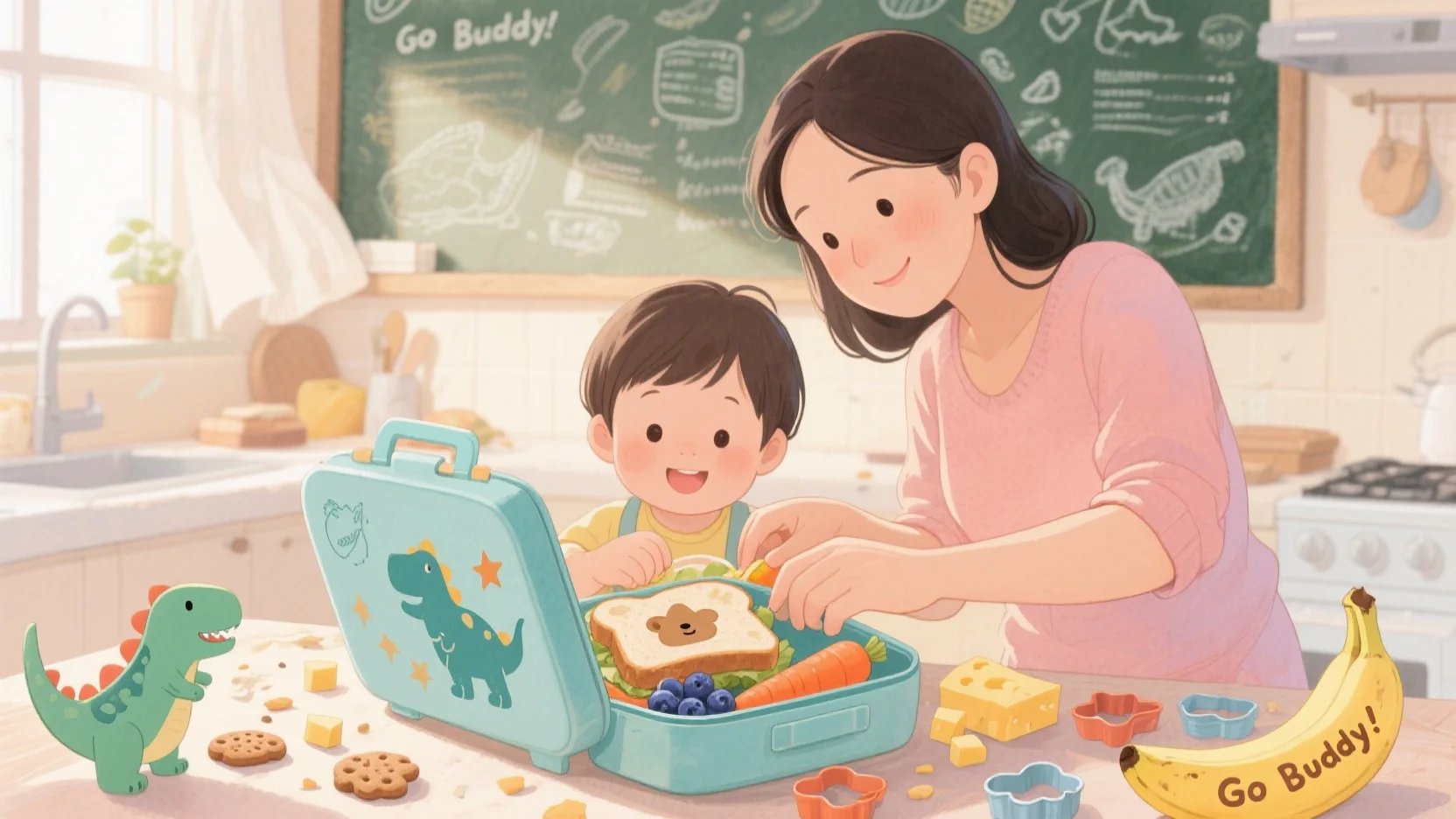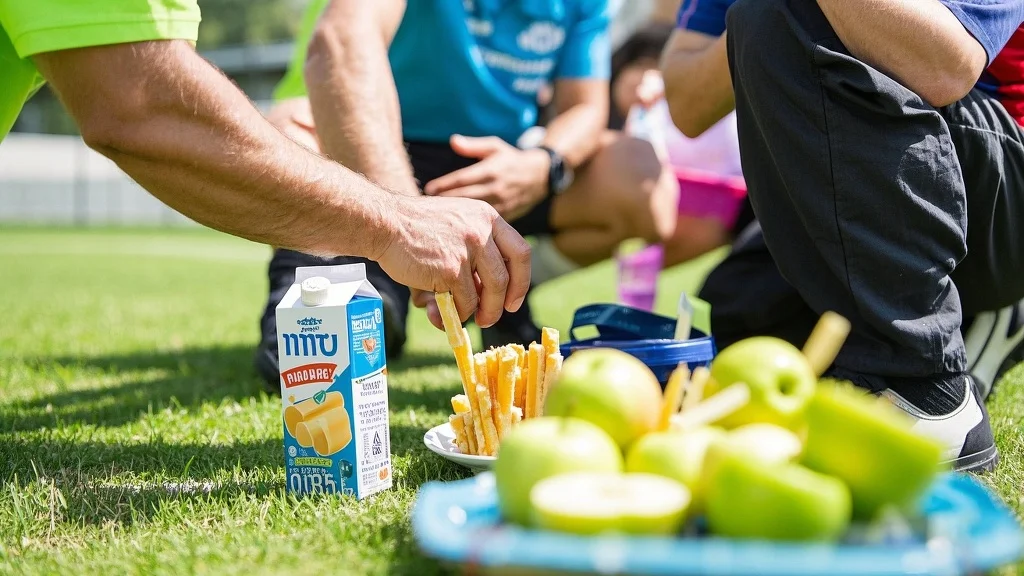Raising a child with autism spectrum disorder (ASD) is a journey of patience, adaptation, and unconditional love. While the challenges are real—meltdowns, communication barriers, sensory sensitivities—so are the beautiful moments of connection and progress.
Here’s how to navigate the highs and lows while keeping your family strong, united, and thriving.
1. Reframe Autism: See the World Through Their Eyes
Autism isn’t a limitation—it’s a different way of experiencing the world.
How to Learn Together
📚 Read books by autistic voices:
- The Reason I Jump (Naoki Higashida) – A nonverbal teen’s perspective.
- Uniquely Human (Barry Prizant) – A strengths-based approach.
🎤 Attend workshops/webinars:
- Autism Speaks, National Autistic Society, and local organizations offer free resources.
👩⚕️ Consult professionals:
- Work with therapists to understand your child’s unique sensory needs and communication style.
💡 Key mindset shift: ”Different, not less.”
2. Meltdowns: Prevention, Response & Recovery
Meltdowns often stem from overstimulation, frustration, or disrupted routines.
Prevent Triggers
📝 Track patterns (use a journal):
- Does bright lighting cause distress?
- Are transitions (e.g., leaving the park) a struggle?
🛠 Create a “Meltdown Toolkit”:
✔ Visual schedules (apps like Choiceworks)
✔ Noise-canceling headphones
✔ Weighted blanket or compression vest
During a Meltdown
🗣 Stay calm & use simple language:
- “Let’s take deep breaths together.”
- “I see this is hard. We’ll figure it out.”
✋ Avoid touch unless it’s comforting (some kids find pressure soothing; others need space).
After a Meltdown
🏠 Offer a “recovery space” (tent, cozy corner).
📖 Later, use social stories to discuss emotions.
3. Teamwork Between Parents: Stay United
Differing parenting styles can add stress. Work as a team.
Create a “Parenting Playbook”
📋 Agree on 3-5 non-negotiables:
- “We use timers for transitions.”
- “We ask, ‘Do you want a hug?’ before touching.”
🎭 Role-play scenarios together:
- Practice responding to meltdowns without frustration.
Divide & Conquer
👩🍳 Assign roles:
- One parent calms the child during meltdowns.
- The other manages siblings/logs observations.
💬 Use constructive language:
- “I noticed tickling upset her last time. Let’s try offering her stuffed animal instead.”
4. Build Connection (Not Just Correction)
Meet your child where they are.
Engage on Their Terms
🧩 Parallel play: Sit nearby while they line up toys—no pressure to interact.
🗣 Narrate their actions: “You’re stacking the red block next!”
Alternative Communication
📱 Try AAC tools:
- PECS (Picture Exchange Communication System)
- Apps like Proloquo2Go
🎉 Celebrate small wins:
- “You asked for a break with your picture card—great job!”
5. Take Care of Yourself & Seek Support
You can’t pour from an empty cup.
Self-Care Strategies
⏳ Schedule respite care (even 90 minutes a week helps).
👥 Join a support group (MyAutismTeam is great).
Protect Your Relationship
❤️ Weekly “no-problem-talk” dates:
- Cook together, watch a comedy, just be a couple.
6. Professional Help: Early Intervention Matters
🧠 Behavioral therapy (ABA): Focuses on skill-building (ensure it’s child-led).
👐 Occupational therapy: Helps with sensory regulation (swinging, tactile play).
👨👩👧 Family counseling: Mediates parenting disagreements constructively.
Final Thought: Progress Over Perfection
Parenting an autistic child is a marathon, not a sprint. Some days will be hard—and that’s okay.
💙 Your love, patience, and teamwork will help your child—and your family—thrive.
What’s one strategy that’s worked for your family? Share below! 👇








